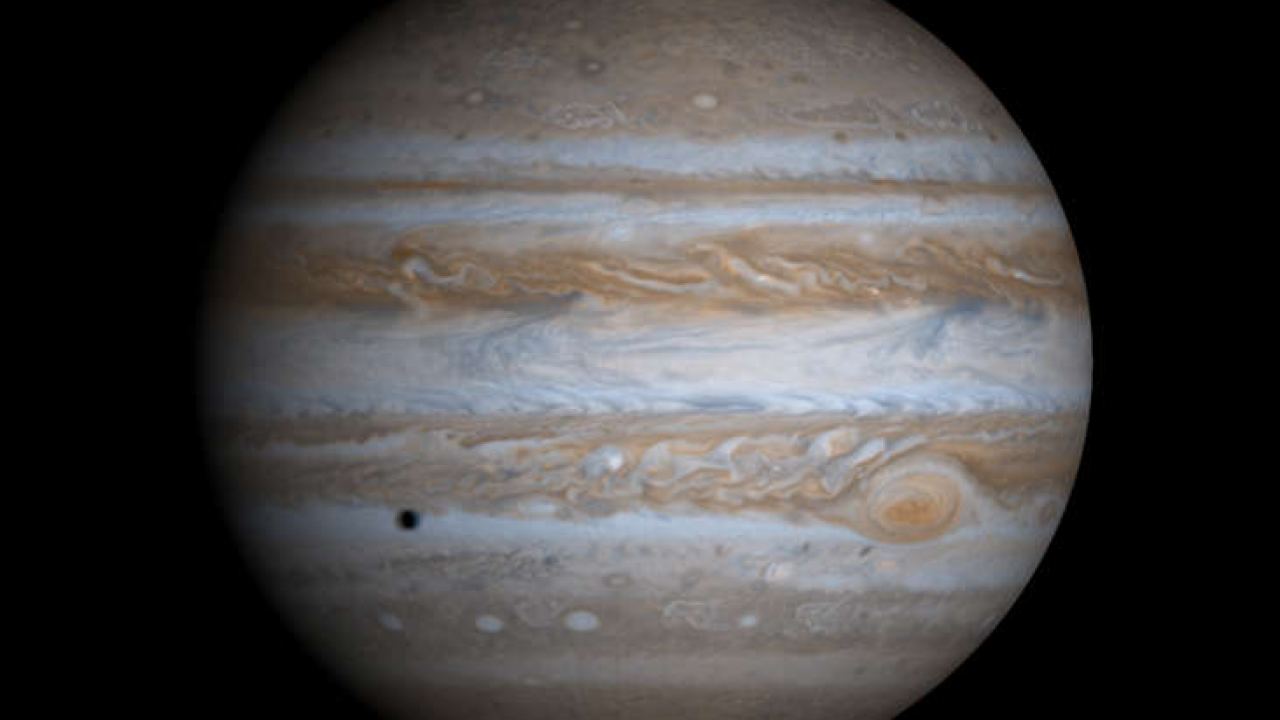Which Planet Has Extreme Temperatures Because It Has No Atmosphere
4 Most of the warming occurred in the past 40 years with the seven most recent years being the warmest. But Mercury is not the hottest planet in the solar system.
Why Is Venus The Hottest Planet Youtube
The hottest planet is Venus On its dark side Mercury gets very cold because it has almost no atmosphere to hold in heat and keep the surface warm.

Which planet has extreme temperatures because it has no atmosphere. Because the planet has no atmosphere to retain that heat nighttime temperatures on the surface can drop to -290 degrees Fahrenheit -180 degrees Celsius. But Mars has an extremely thin atmosphere about 100 times less thick than Earths atmosphere. But Mars thin atmosphere cannot hold onto heat from the Sun.
Mercury the smallest and closest to the sun has no atmosphere and extremes of temperature that average to about that predicted by our simple black body model. This acts as a blanket and keeps its surface hot. What is Mercurys surface like.
MESSENGER Teams JHU APL NASA Mercury almost completely lacks an. On its sunny side Mercury can reach a scorching 800 degrees Fahrenheit. The hottest planet in the solar system due to a thick atmosphere of greenhouse gases and clouds of sulfuric acid from volcanic eruptions.
The planets average surface temperature has risen about 212 degrees Fahrenheit 118 degrees Celsius since the late 19th century a change driven largely by increased carbon dioxide emissions into the atmosphere and other human activities. Because of this and its frigid temperatures Neptune cannot sustain life as we know it. It does have icy areas that are far away from the sun.
How many moons does Mercury have. Temperatures on Mercury are extreme. Venushas a very small axial tilt -- 3 degrees versus Earths 235 degrees.
On Venus the extreme temperatures caused its oceans to boil away into the atmosphere or prevented water vapor from condensing to form oceans in the first place. The years 2016 and 2020 are tied for the warmest. Know as the Goldilocks Planet because it has conditions just right to support life as we know it.
The temperatures on Mercury can reach up to four hundred twenty-seven degrees Celsius. It has many craters and high cliffs. Day temperature of Mercury is maximum 340oC since it is a planet closest to the Sun and that of Pluto is minimum 240oC.
The rocky inner planets of our solar system vary in sizes atmospheres and temperatures. All Venus water was in its atmosphere exposed to ultraviolet radiation from the Sun which was continually dissociating it. Since there is almost no atmosphere there is no protection so the weather seems more severe.
Mercury has incredible temperature swings from 480 degrees C down to -180 degrees C. Because the planet has no atmosphere to retain that heat nighttime temperatures on the surface can drop to minus 290 degrees Fahrenheit minus 180 degrees Celsius. Daytime temperatures on Mars can be close to winter temperatures on Earth reaching as high as 32.
With no atmosphere to hold the heat temperatures quickly drop at night falling to as low as -200. Mercury has no true atmosphere which leads to hotter temperatures. Venus is an exception because its dense atmosphere acts as a greenhouse and heats the surface to above the melting point of lead about 880 degrees Fahrenheit 471 degrees Celsius.
This is because of Mars very thin atmosphere which doesnt trap the Suns heat. Since it is so close to the sun the temperatures can soar to a high of 8006 F during the day and then plunge to -2776 F at night. Furthermore with essentially no atmosphere Mercurys weather changes are displayed not as storms in the atmosphere but as wide swings in surface temperature.
Mercurys Unbearable Temperature Changes Unlike many of the planets in our solar system Mercury has practically no atmosphere. So at night temperatures can be more like -200. Temperatures on Mercurys surface can reach 800 degrees Fahrenheit 430 degrees Celsius.
During the day temperatures on the surface can reach 800 degrees Fahrenheit 430 degrees Celsius. Thus the temperature of Venus is comparatively large of the order of 480oC. But the temperature on Mars hardly goes over 20 degrees Celsius.
This is because there is not a thick enough atmosphere to trap the warmth at night. There is no atmosphere on the planet Mercury. Moonlike planet that has extreme temperatures because it has no atmosphere due to solar blasting.
It is a volatile planet with a rapid rotation of 16 hrs to one Earth day and has intense gusting winds which whip through its gaseous atmosphere. However Venus is an exception as it has very thick atmosphere of carbondioxide. Venus is also made up of 97 Carbon dioxide but because of its thick atmosphere temperature on Venus can spike up to 480 degrees Celsius.
What Is The Weather Like On Mercury Universe Today
Atmospheres And Planetary Temperatures American Chemical Society
The Hottest Planet In The Solar System And Why It S Probably Not What You Think
What Is The Average Surface Temperature On Venus Universe Today
Seven Of The Most Extreme Weather Conditions In The Solar System The Weather Channel Articles From The Weather Channel Weather Com
Venus The Hot Hellish Volcanic Planet Space
What Are Temperatures Like On Jupiter Universe Today
What Is The Coldest Planet Of The Solar System
Esa Greenhouse Effects Also On Other Planets
What Would Happen If Mars And Venus Swapped Places News Astrobiology
What Is The Hottest Planet In The Solar System Universe Today
What Would Happen If Mars And Venus Swapped Places News Astrobiology
Greenhouse Effect On Other Planets Energy Education
Atmospheres And Planetary Temperatures American Chemical Society
Posting Komentar untuk "Which Planet Has Extreme Temperatures Because It Has No Atmosphere"